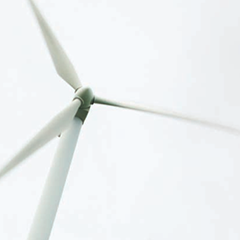Modernising the electric system will help many nations meet the challenge of handling projected energy needs – including integrating more power from wind sources. But why are we generally dragging our feet on this issue, and where is future innovation and global growth coming from? The US Department of Energy provides some answers…
Advances to the electric grid must maintain a robust and resilient electricity delivery system, and energy storage can play a significant role in meeting these challenges by improving the operating capabilities of the grid, lowering cost and ensuring high reliability, as well as deferring and reducing infrastructure investments. Finally, energy storage can be instrumental for emergency preparedness because of its ability to provide backup power as well as grid stabilisation services. At present, the U.S. has about 24.6GW (approx. 2.3% of total electric production capacity) of grid storage, 95% of which is pumped storage hydro.
Europe and Japan have notably higher fractions of grid storage. Pursuit of a clean energy future is motivating significantly increased storage development efforts in Europe and Asia, as well as the U.S.
Energy storage technologies – such as pumped hydro, compressed air energy storage, various types of batteries, flywheels, electrochemical capacitors, etc., provide for multiple applications: energy management, backup power, load levelling, frequency regulation, voltage support, and grid stabilisation. Importantly, not every type of storage is suitable for every type of application, motivating the need for a portfolio strategy for energy storage technology.
There are four challenges related to the widespread deployment of energy storage: cost competitive energy storage technologies (including manufacturing and grid integration), validated reliability & safety, equitable regulatory environment, and industry acceptance. Issues that are being explored in this paper focus on reducing system costs through targeted application of science and engineering research and development for new storage concepts, materials, components and systems (including manufacturability and standardisation).





























